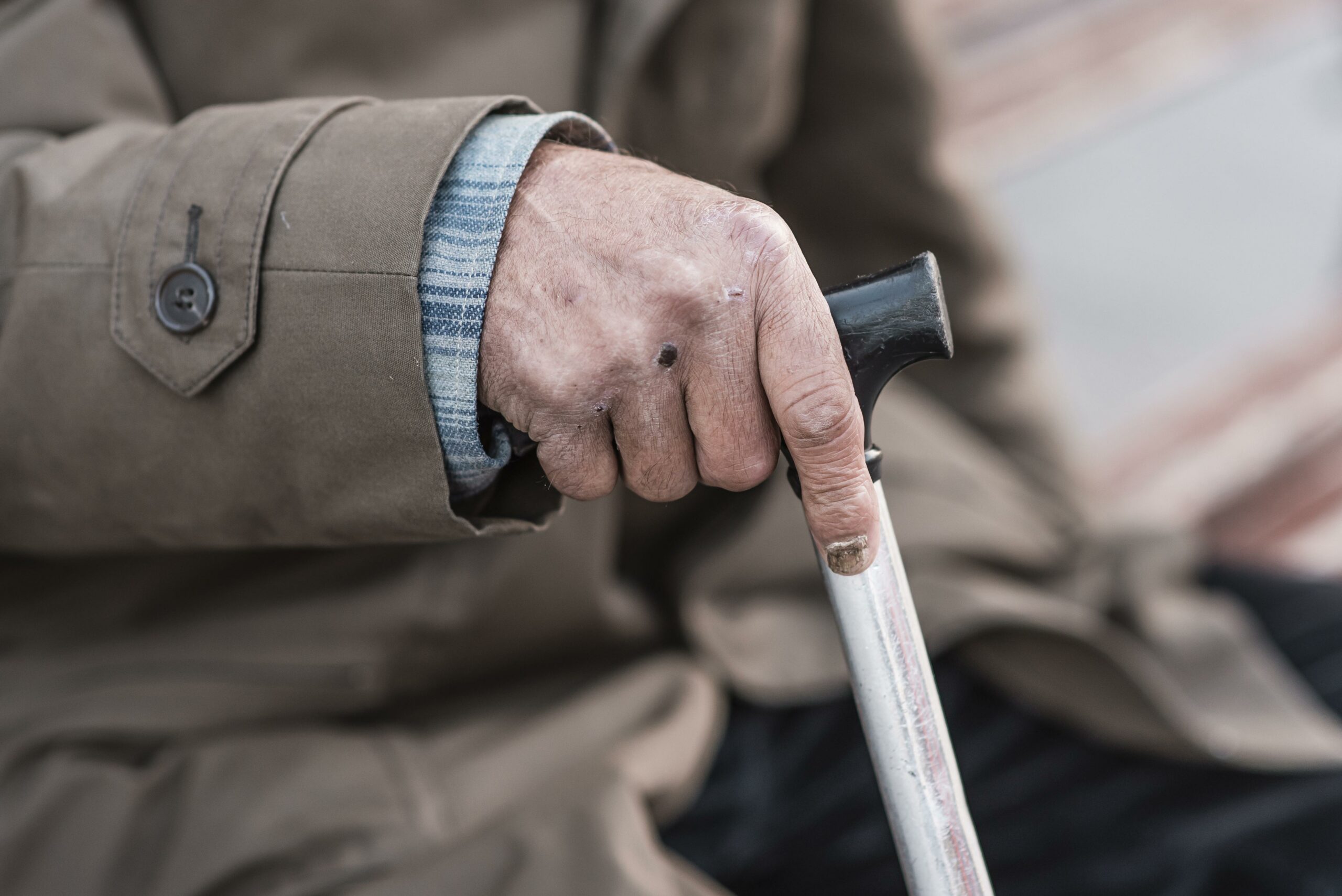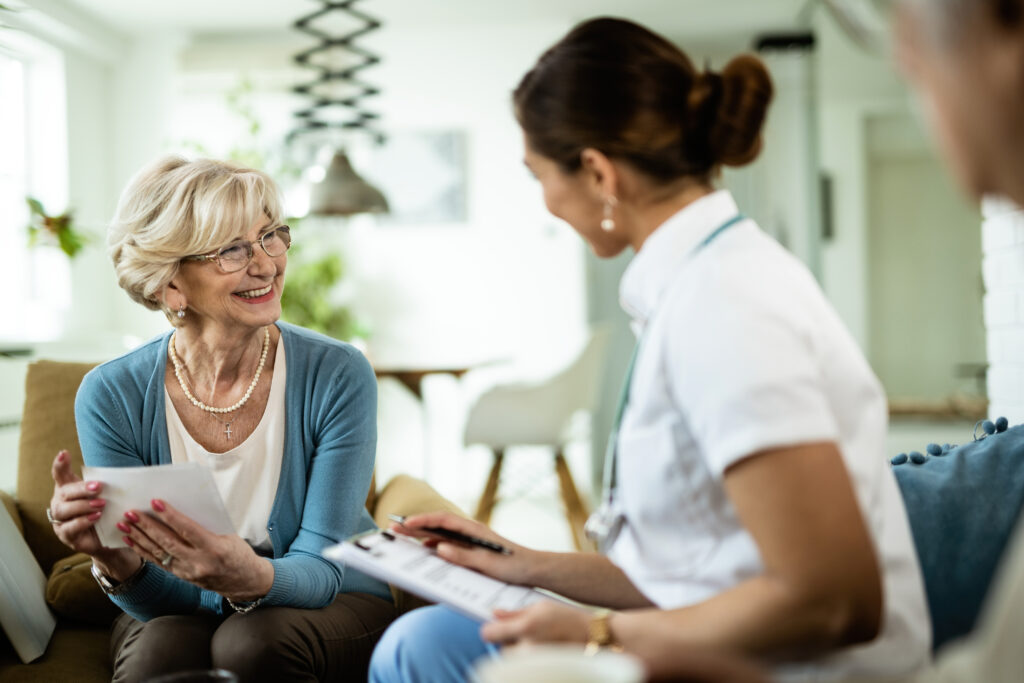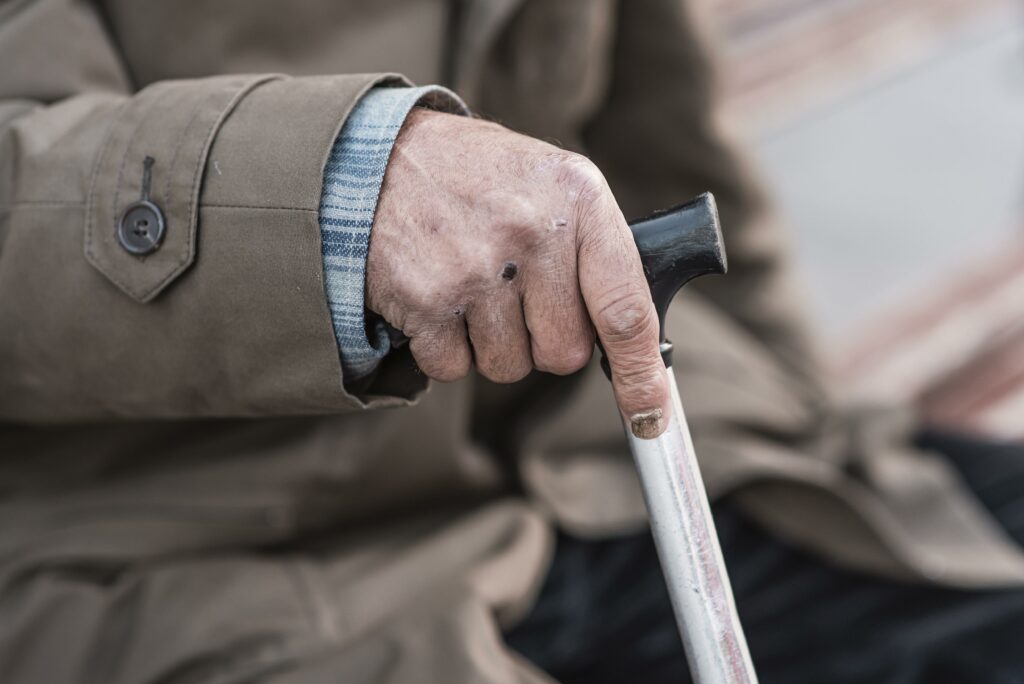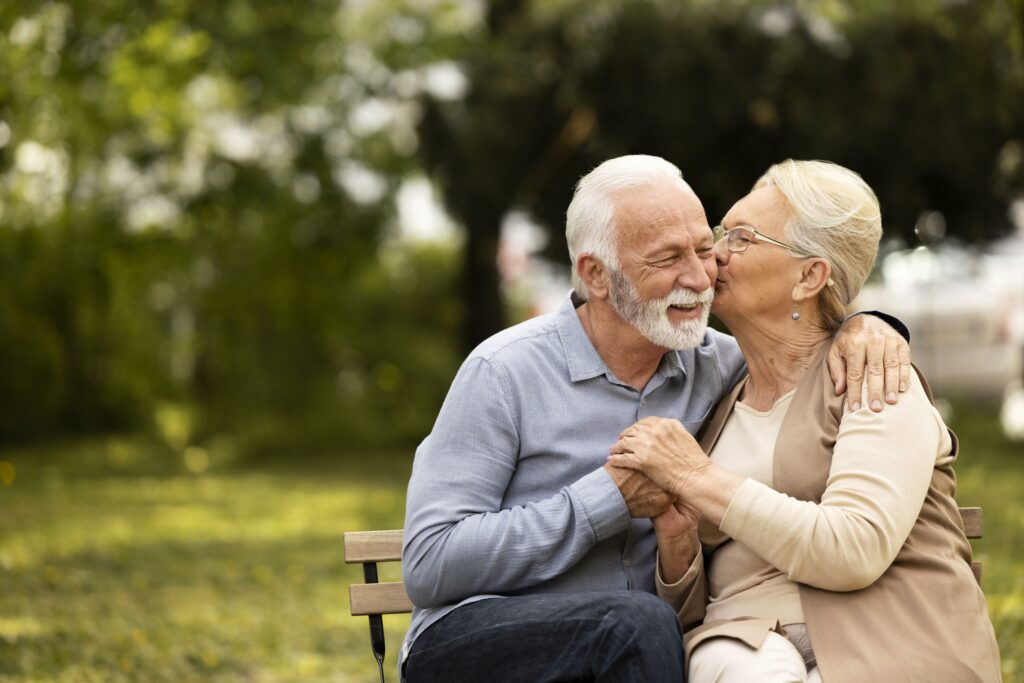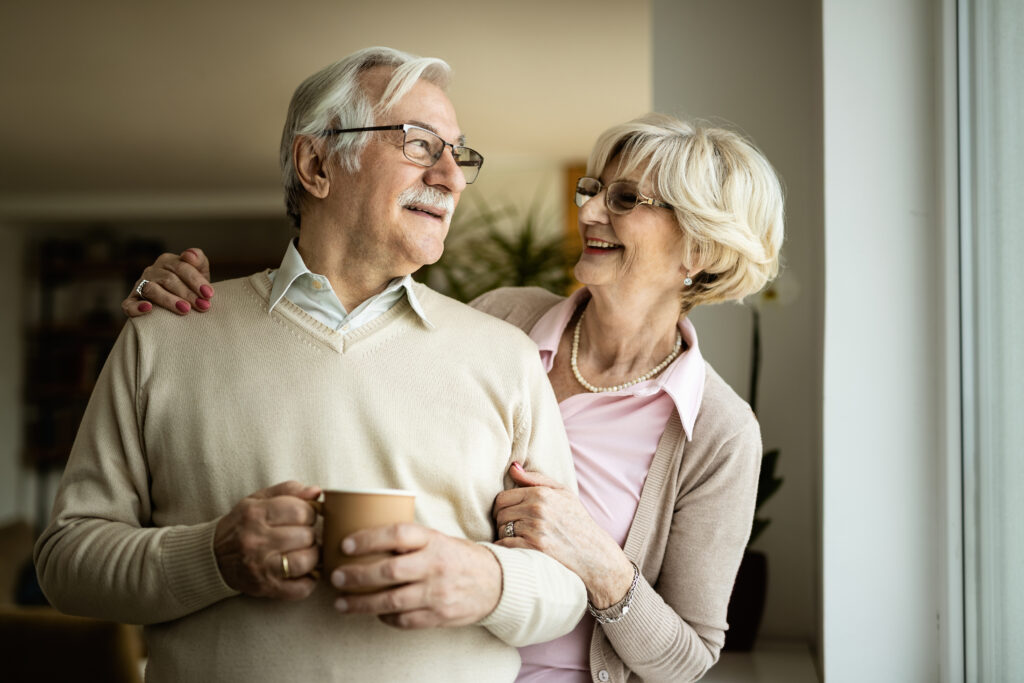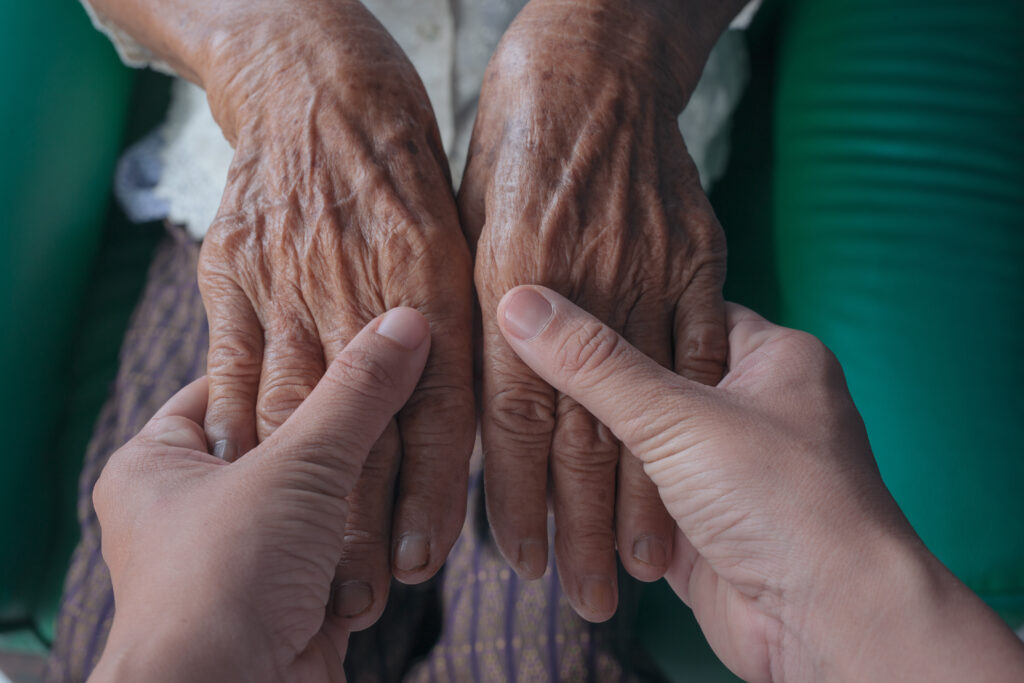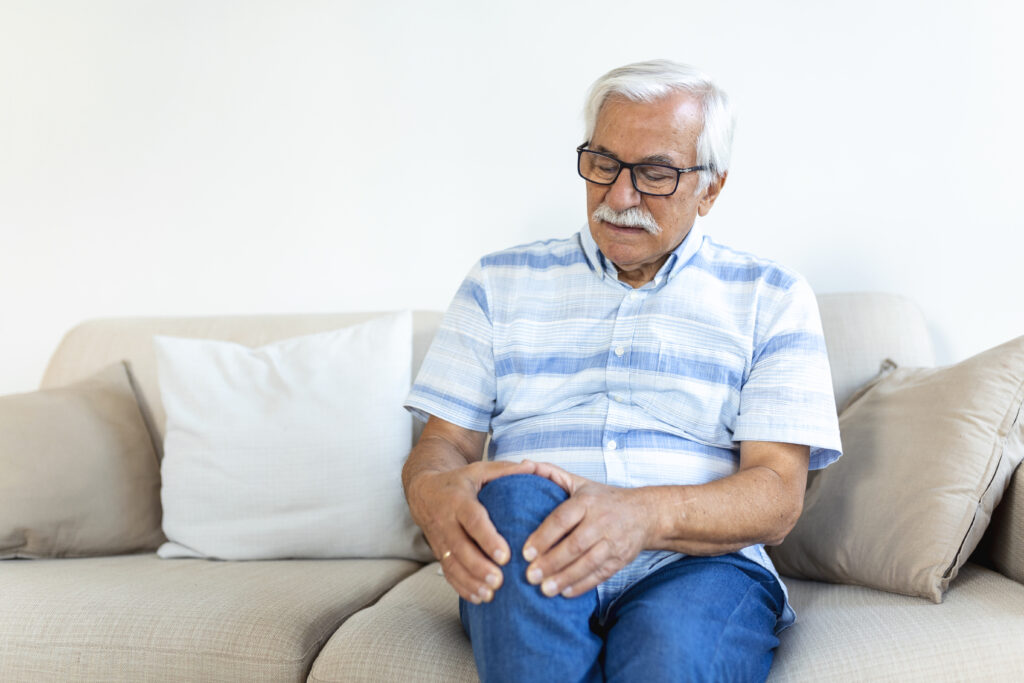Even though our homes are safe and familiar environments, they can still present a number of hazards and safety risks, especially for older adults. In fact, statistics show that millions of adults over the age of 65 are treated in hospital emergency rooms for accidents that occurred in their own homes.
Preventing Accidents By Knowing the Risks
Longevity Care understands the unique risks seniors face at home, as well as the precautions that can be taken to reduce these risks. Our Calgary in-home care professionals make it a point to ensure the safety of the homes we work in, and to help patients and their families understand some of the most pressing hazards so they can address them and make their homes safer.
Most Common At-Home Safety Risks for Seniors
- Falls
Falls are by and large the leading cause of injury among adults 65 and older, and many of them take place in a person’s own home. In fact, the National Safety Council reports that nearly a third of seniors experience a fall-related accident each year and that 70 percent of these falls happen at home. Because falls are the number one risk factor for the senior age group, older adults need to take extra safety precautions to account for physical changes of aging, such as declining hearing and vision, bone density loss, balance issues, and more. Some precautions you can take include:
- Remove tripping hazards such as clutter, small pieces of furniture, cords, rugs, and frayed carpet or tape down potential hazards
- Provide enough walking space in all areas by re-arranging furniture
- Ensure all areas of the home can be well lit
- Exercise and physical therapy to improve balance and strength
- Wear non-slip footwear on smooth surfaces and always clean up spills as soon as they happen
- Always use a cane or walker rather than holding onto furniture or walls
- Make bathrooms safe by installing stability bars in showers and near toilets, and by placing rubber mats in showers and on bathroom floors
- Consider the use of a special alarm as a bracelet or necklace to alert medical services in the event of an emergency, especially if falls have happened before
2. Fires
Fires are a risk in any home, and especially in homes where seniors may require the use of oxygen. To reduce the risk of a fire, always make sure there are smoke detectors with fresh batteries in the home, never let candles or fires burn in an empty room, avoid open flames or smoking near oxygen tanks, check appliances for frayed cords, and leave at least three feet of space between heaters and anything that can burn, such as clothes, furniture, or drapery.
3. Poisoning
Accidental poisoning can happen in several ways, and can be a particular risk to seniors who may have a lot of different medications. To avoid poisoning risks, install carbon monoxide detectors near all bedrooms, never heat a home with a stove or oven, avoid mixing cleaning products such as bleach or ammonia, keep medications organized and labeled in their original containers, take medications in a well let room in order to read the labels, and ensure that medications are being used as directed.
4. Abuse and Crime
Older adults can be vulnerable targets to wrongdoers with ill intentions, even in their own home. Protect the home by ensuring doors and windows have locks and never let strangers into the home, especially when a senior is by themselves. Families can also speak to their loved one to make sure they understand common forms of fraud that target the elderly and to make sure they discuss any “offers” or “prizes” they may have discussed over the phone or in e-mail, or when a senior feels pressured into making a purchase or signing a contract.
5. Consumer Products
The U.S. Consumer Product Safety Commission reports that close to 1 million people over the age of 65 visit a hospital emergency room for product-related injuries every year. To reduce the risks of injuries caused by consumer products, always make sure items in the home are up-to-date and do not pose hazards, check for recalls on products, and address any issues posed by products that can commonly cause injuries, including stairs, ramps, floors, furniture, step stools or ladders, exercise equipment, bathtubs and showers, desks and shelving, and clothing, among others.
Preparing a home to meet the needs of aging residents is essential to reducing risks and keeping them safe. If you have questions about making your home or your loved one’s home
